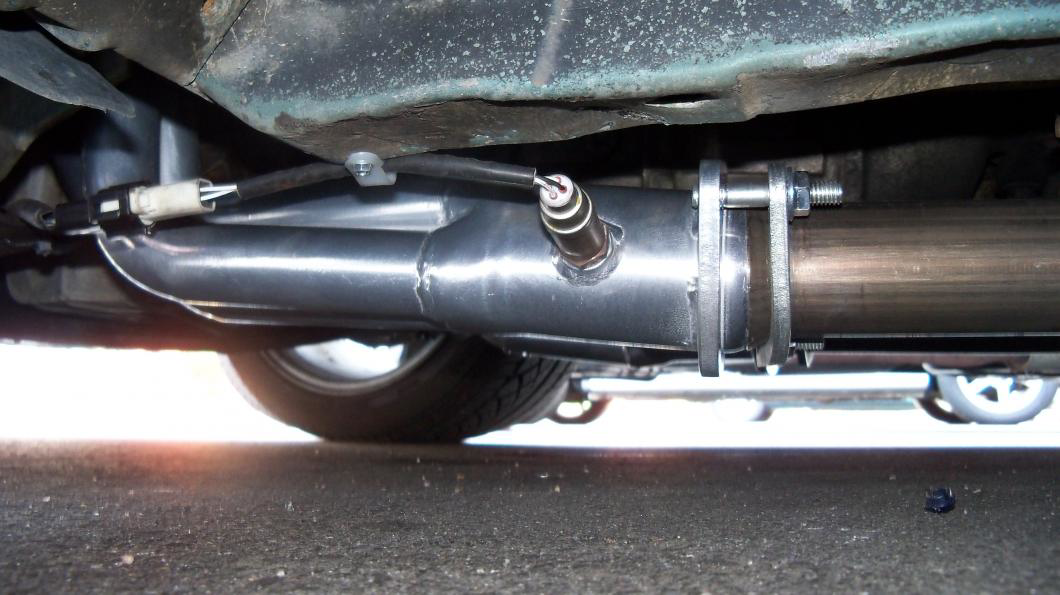
How Your Mustang’s O2 Sensors Affect Performance and Fuel Efficiency

Imagine you’re cruising down the open road in your Mustang, feeling the raw power of the engine and the wind in your hair. But suddenly, your fuel efficiency drops, and your acceleration isn’t as thrilling as it used to be. The culprit might be one of the O2 sensors in your exhaust system. These sensors are crucial to your Mustang’s performance, working tirelessly to monitor the air-fuel ratio and communicate with your engine control module (ECM) to ensure everything runs smoothly. When they start to fail, you’ll notice a ripple effect – poor fuel economy, sluggish acceleration, and potential engine damage. Uncover the importance of your Mustang’s O2 sensors, learn how to spot the signs of failure, and what you need to know about replacing them.
Purpose of O2 Sensors in Your Mustang
Oxygen sensors are small but important parts of the exhaust system. They measure the oxygen levels in the exhaust gases and send signals to the ECM to regulate the air-fuel mixture according to this data. There are typically two types of O2 sensors. First, there are the upstream (pre-catalytic) sensors. These are located before the catalytic converter and monitor the air-fuel ratio exiting the engine. Their primary function is to help the ECM adjust the fuel mixture for optimal combustion. Second, the downstream (post-catalytic) sensors are positioned behind the catalytic converter and assess how well the catalytic converter is functioning by measuring oxygen levels in the treated exhaust gases.
Bad Oxygen Sensor Symptoms
We’ve already laid out the most basic symptoms of bad O2 sensors, which are poor fuel efficiency and worsened performance. There might also be a few other issues hinting towards the O2 sensors. One of the most common hints is a Check Engine light. If it’s triggered and the OBD tool diagnoses a code corresponding to an O2 sensor such as P0130, P0135, or P0141, you’ve successfully identified the issue. There is also the possibility that you’ll notice engine misfires, caused by the mixture running either too rich or too lean. For the same reason, the engine may be prone to stalling. You might see an unusual amount of smoke coming out of the exhaust too. The bottom line is that if you notice any of these symptoms, it’s crucial to diagnose the root cause promptly and repair what’s needed.
Effect of O2 Sensor Readings on the Air-Fuel Mixture
So, the engine might be misfiring, stalling, and otherwise acting up due to a mixture that’s either too lean or too rich. If you’re wondering what the difference between the two is, here is a simple explanation: A rich air-fuel mixture causes a sluggish throttle response, black smoke from the exhaust, and increased carbon buildup in the engine. It is caused by excessive fuel injection. As it suggests, it also causes increased fuel consumption. While fuel economy is not known to be a typical concern of Mustang owners, it shouldn’t be overlooked. On the other hand, a lean air-to-fuel mixture causes rough idling, misfires, and potential overheating, which ends up affecting acceleration and of course the long-term reliability of the engine.
How to Replace the O2 Sensors on Your Mustang
If you like to do your own car maintenance and repairs, replacing the O2 sensors on your Mustang is certainly feasible in DIY conditions. You’ll need a jack to lift your car, and other than that, just a ratchet, an O2 sensor socket, and the replacement O2 sensor. In rare cases, you might also make use of WD40 or a spray cleaner intended for loosening O2 sensors. The process itself is very straightforward. Lift up the car and locate the oxygen sensor. Then unplug the connector of the sensor and unscrew the sensor from the exhaust system using a ratchet. Because it has a pigtail off of it, you’ll need an O2 sensor socket, or you’ll be relegated to using an open-end wrench. Then simply screw in the new sensor and reconnect the connector. It’s really a plug-and-play job. If you had an error code and a Check Engine light before, erase those using an OBD tool.
One-Stop Shop for American Muscle
Your Mustang’s O2 sensors may seem somewhat unimportant but the truth is that the engine cannot operate properly without them. If you think your sensors might be acting up, it’s a good idea to have the issue diagnosed and repaired in a timely manner. Over time, even small issues can lead to major damage and expensive repair bills. If you need replacement O2 sensors, tools to replace them, or anything else for your American muscle car, check with us first. With a vast range of products at favorable prices, there’s no better place to shop.